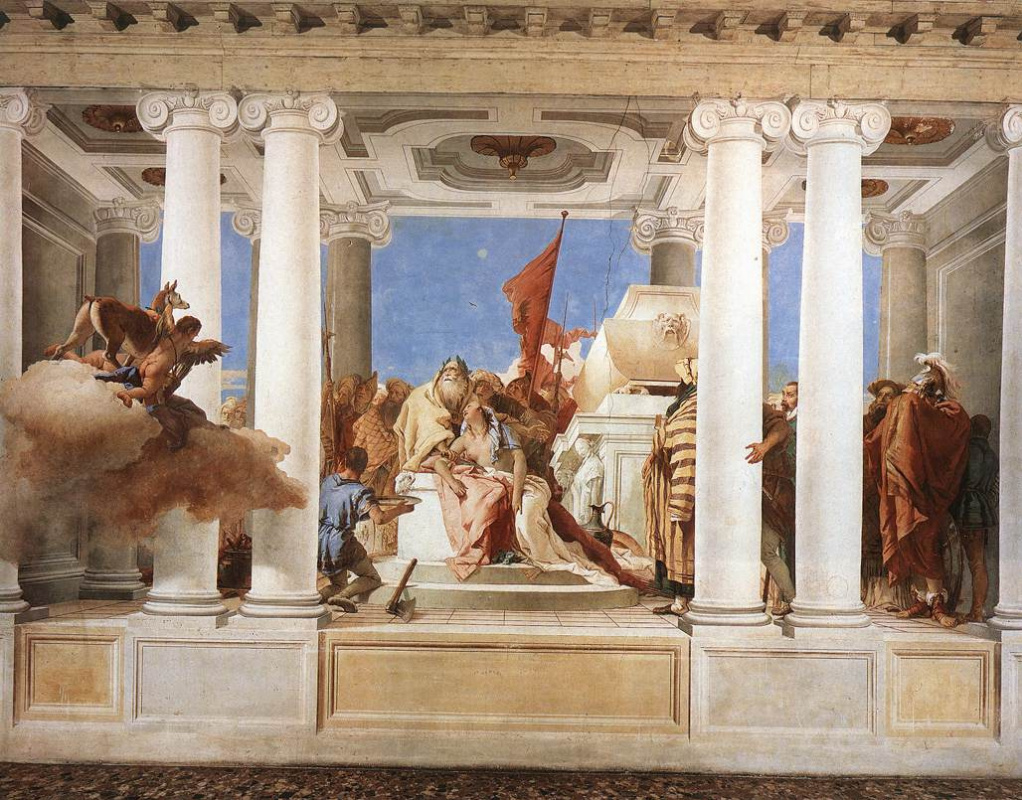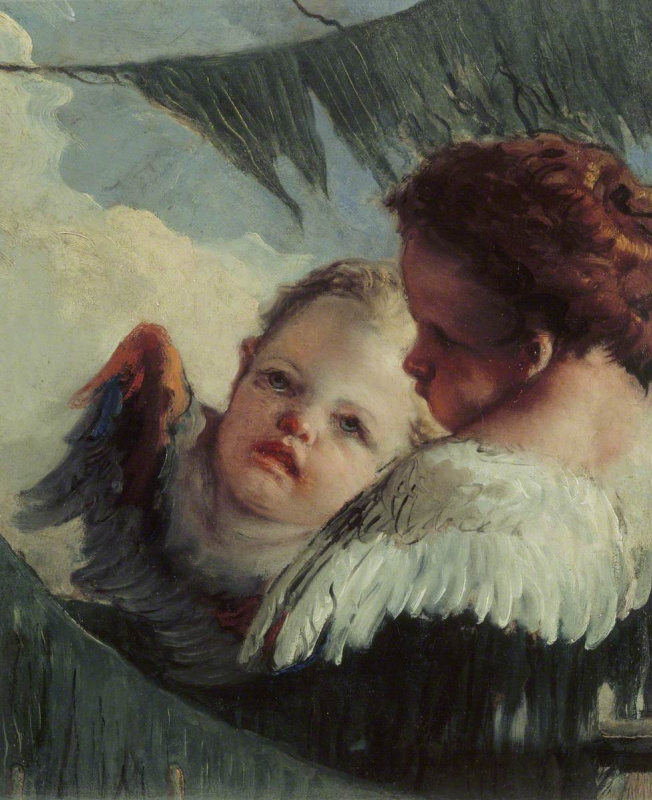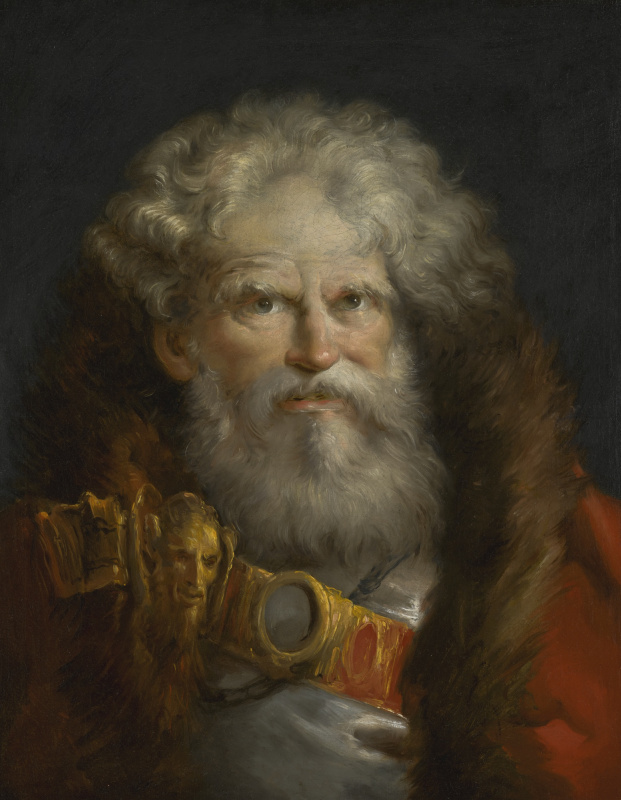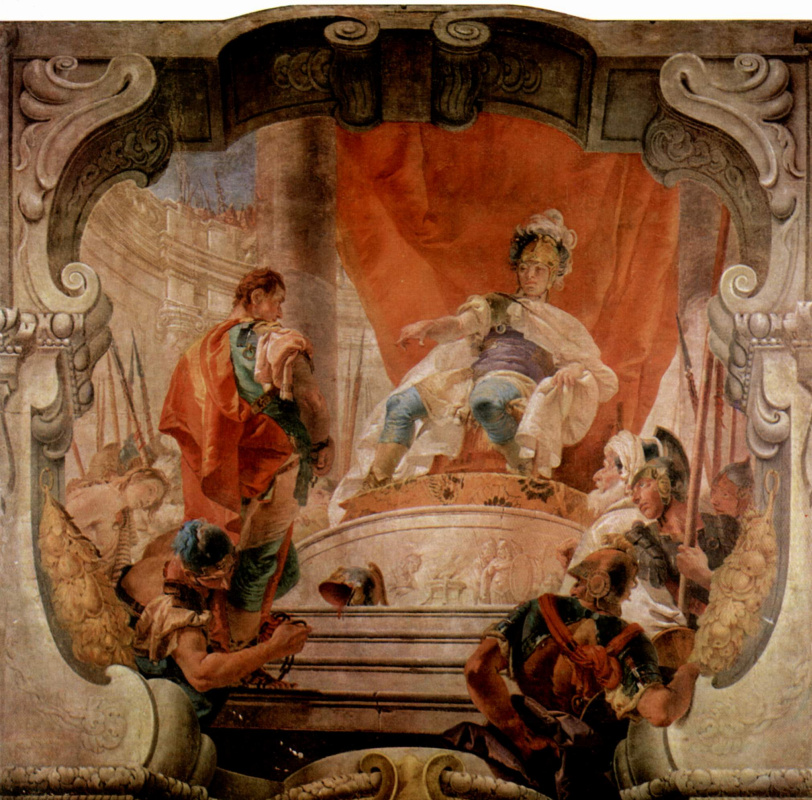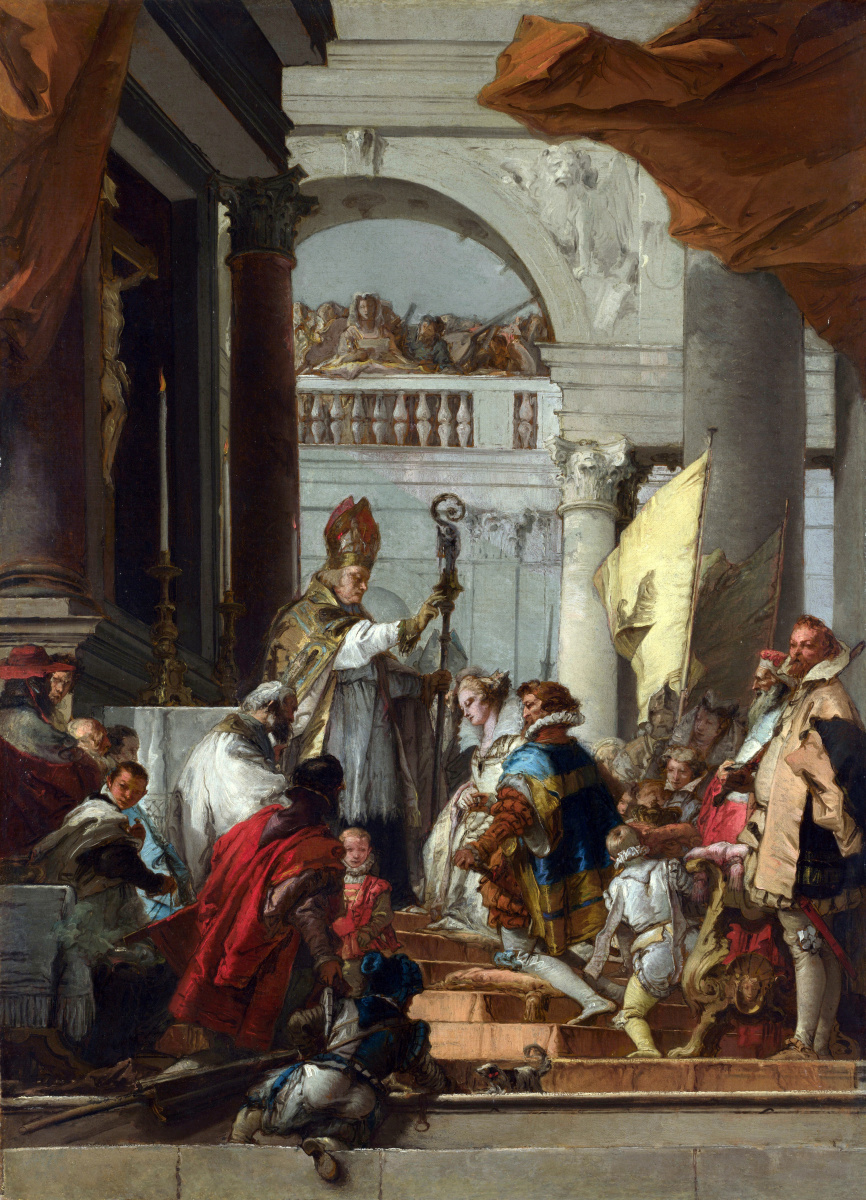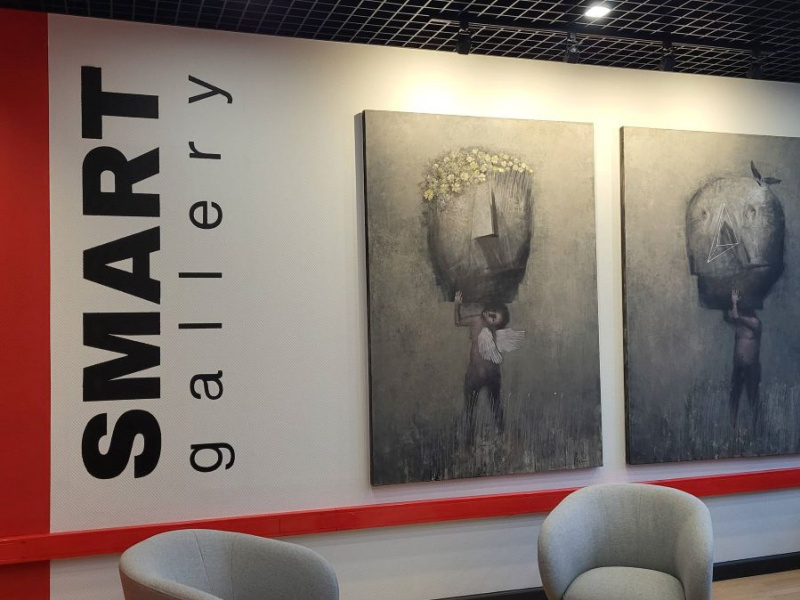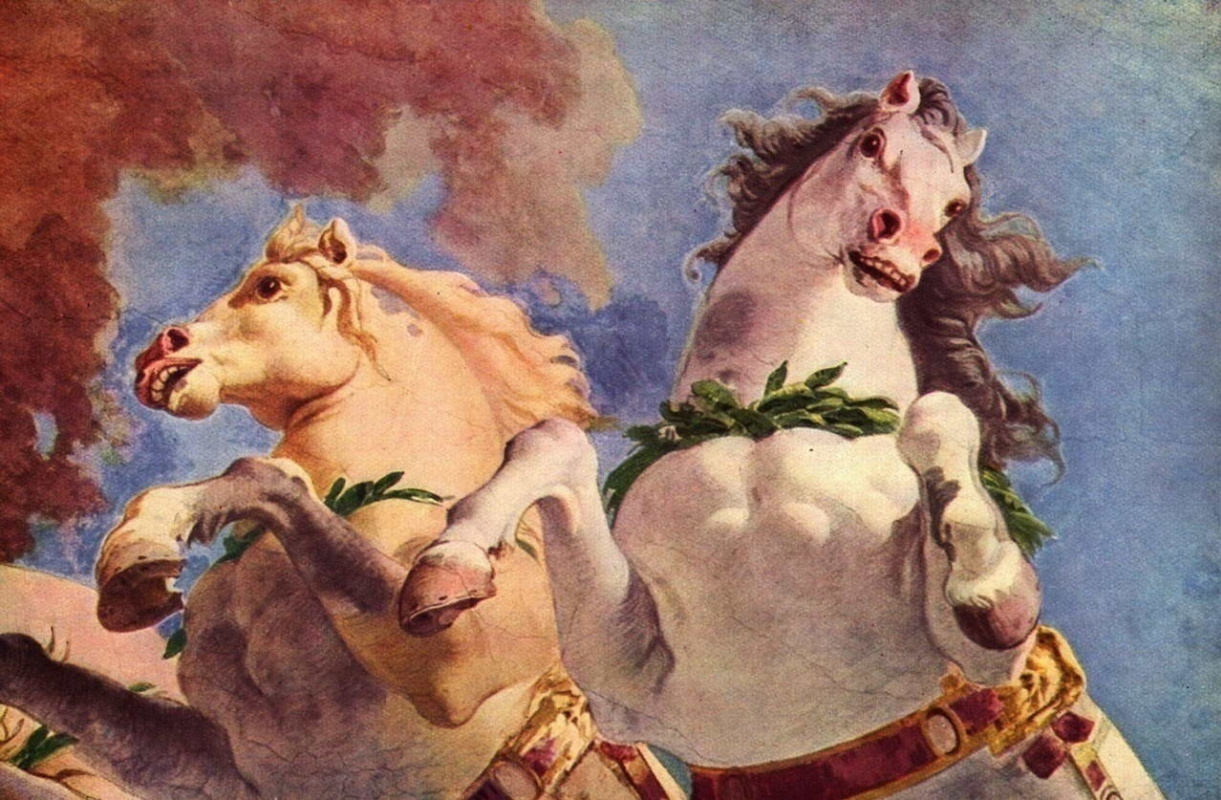
3D art in the 18th century
Giovanni Battista Tiepolo (born March 5, 1696, Venice — died March 27, 1770, Madrid) was a skilful 3D artist: painting the ceilings for the palazzi, he used visual effects "elevating" the ceiling and making his skies strikingly real. The clouds emerge from behind the columns, and the angels soar as if ready to land on the shoulder of the admired viewer at any moment.Two worlds in the painting
Antiquity and biblical motifs combined within a single work is Tiepolo’s completely unique vision. Alexandre Benois, a Russian artist and a big fan of Tiepolo, spoke of the fabulousness of the artist’s subjects.
Tiepolo’s business card was ceiling paintings.
"The best created by Tiepolo are ceiling paintings," Alexandre Benois wrote. "… If you look at Tiepolo’s brilliant ceiling painting at the Villa Grimani in Stra through binoculars, its' illusiveness may seem somewhat uncanny. How can these smiling, merry, lively beings diving and swimming among the grey clouds, and these clouds themselves be a mere painting, strokes of paint on the plaster?"
Family contract to the king!
The artist’s wife — Cecilia Guardi — didn’t just help the master enter the circle of top creators (Guardi was one of the most influential families of the artistic world of the time), but also gave birth to 10 children, and two of them also became artists. Domenico and Lorenzo helped their father with his paintings at the palace of King Charles III of Spain. In 1761, the elderly artist was commissioned the work he could not refuse, and at the age of 70 Tiepolo showed the world another of his artistic wonders. The family one!The Würzburg Residenz frescoes
The work bringing its creator international fame and being best known today is the frescoes at the residence of the Prince-Bishop of Würzburg (1750−1753). A ceiling fresco above the stairwell, one of the largest frescoes in the world, represents the continents: Europe, Asia and Africa, with the respective landscapes, characters and animals. As for Tiepolo’s etchings, the most famous series are Vari Capricci (circa 1740−1742) and Scherzi di Fantasia (circa 1743−1757).Auction records
Nowadays, Tiepolo’s name is often mentioned in the news of the auction houses.

… and $ 542,500 for his black chalk drawing on paper Punchinelli Preparing a Meal of Gnocchi and Parmesan Cheese paid on January 31, 2013. Christie’s prepares quite good meals!
The Hermitage
The Hermitage can boast a collection of 10 Tiepolo’s works, including five large decorative paintings on Ancient Rome subjects, which make up half the paintings of the series created by the master circa 1725 for the Venetian Palazzo Dolfin Manin (the rest are kept in the Kunsthistorisches Museum (Museum of Art History) in Vienna and the Metropolitan Museum in New York).

Another well-known painting by Tiepolo from the Hermitage collection is Maecenas Presenting the Liberal Arts to Emperor Augustus. It was a commission: in 1743, Count Algarotti, Tiepolo’s patron (who, after the artist’s death, saved about 300 of his sketches of the frescoes) decided to make a present to Count Brühl, the Saxon minister and chief adviser of King of Poland Augustus III.
Shameless Flora
In 2008, Tiepolo’s name was on everyone’s lips in the art world, as the artist’s painting was found in the attic of a French château. To be on the safe side, the shy grandparents of the current owners hid the "nude lady". In this way, the painting preserved very well. It is believed that it was commissioned by the Russian Empress Elizabeth to decorate the Winter Palace, since there are similar images of the series. The canvas was called Portrait of a Lady as Flora and soon sold at Christie’s for $ 4,227,780, almost three times higher than the estimate.Bust and Berlusconi
One more "nude" by Tiepolo caused a scandal in 2008. Before visiting Iraqi Prime Minister Nouri al-Maliki, Italian Prime Minister, Silvio Berlusconi, "covered" the nipples of Truth. To be more precise — he allegedly ordered the retouching of the naked female figure in the 260-year-old painting Time Unveiling Truth. The work was kept at the Palazzo Chigi where Berlusconi held press conferences. Journalists noticed that kind of "censorship" and noised it abroad. Yet, it soon surfaced that the Truth was not spoiled, but only hidden: the canvas was temporarily replaced with its' retouched copy.






